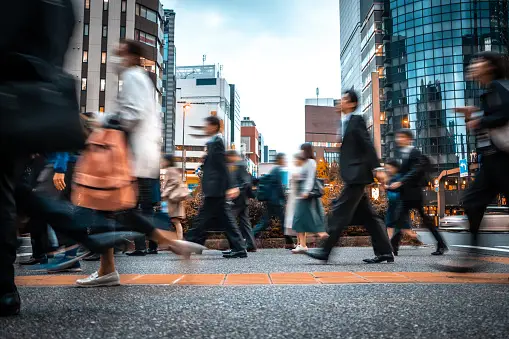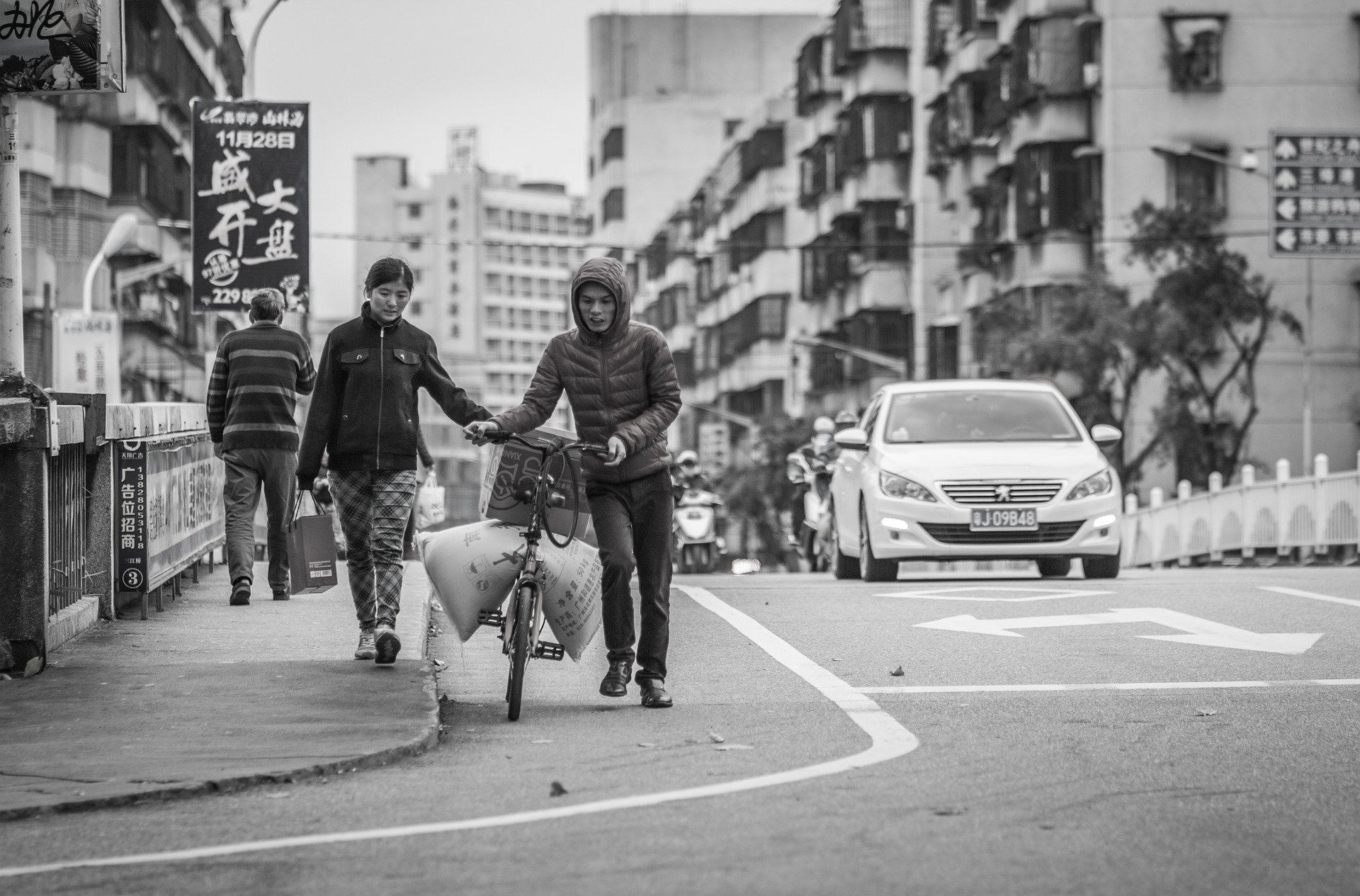Street Photographers Things To Know Before You Get This
Street Photographers Things To Know Before You Get This
Blog Article
Not known Facts About Street Photographers
Table of ContentsSome Known Factual Statements About Street Photographers Rumored Buzz on Street PhotographersFascination About Street PhotographersThe Definitive Guide for Street PhotographersThings about Street Photographers
Road photographers do not always have a social purpose in mind, yet they favor to separate and record moments which might or else go undetected.Though he was affected by a lot of those who influenced the street professional photographers of the 1950s and '60s, he was not chiefly thinking about capturing the spirit of the road. The impulse to visually document individuals in public started with 19th-century painters such as Edgar Degas, douard Manet, and Henri de Toulouse-Lautrec, who functioned side by side with photographers trying to capture the significance of urban life.
As a result of the fairly primitive innovation available to him and the long exposure time called for, he had a hard time to capture the hustle and bustle of the Paris streets. He explore a series of photographic techniques, attempting to discover one that would certainly enable him to catch motion without a blur, and he discovered some success with the calotype, patented in 1841 by William Henry Fox Talbot. In contrast to Atget, photographer Charles Marville was worked with by the city of Paris to produce an encyclopaedic paper of Haussmann's urban planning project as it unravelled, therefore old and brand-new Paris. While the professional photographers' subject was basically the exact same, the results were considerably various, showing the impact of the digital photographer's intent on the personality of the pictures he created.
Street Photographers for Dummies
Provided the great high quality of his pictures and the breadth of material, engineers and musicians usually acquired Atget's prints to utilize as recommendation for their very own job, though commercial passions were hardly his primary inspiration. Instead, he was driven to picture every last remnant of the Paris he enjoyed.

Unlike his peers, Brassa used a larger-format Voigtlnder electronic camera with a longer exposure time, compeling him to be much more calculated and thoughtful in his method than he might have been if making use of a Leica. (It is believed that he may not have actually had the ability to manage a Leica back then, yet he did, nevertheless, make use of one in the late 1950s to take colour pictures.) Brassa's pictures of the Paris abyss illuminated by synthetic light were a discovery, and the collection of the collection that he released, (1933 ), was a significant success.

The Best Guide To Street Photographers
It is because of this basic understanding of the art of picture taking that he is frequently credited with discovering the medium throughout again approximately a century since its invention. He took photos for more than a half century and affected generations of professional photographers to trust their eye and intuition in the moment.
These are the concerns I shall attempt to additional reading address: And after that I'll leave you with my very own definition of street digital photography. Yes, we do. Allow's kick off with specifying what a definition is: According to it is: "The act of defining, or of making something certain, distinct, or clear".
No, most definitely not. Homepage The term is both limiting and misinforming. Seems like a road photography need to be photos of a streets best?! And all road photographers, with the exception of a handful of outright beginners, will completely appreciate that a road is not the key part to road photography, and really if it's an image of a street with perhaps a couple of uninteresting individuals doing nothing of interest, that's not street digital photography that's a photo of a road.
Street Photographers - An Overview
He makes a legitimate factor do not you view website think? While I concur with him I'm not certain "candid public photography" will certainly catch on (although I do kind of like the term "honest digital photography") due to the fact that "street digital photography" has been around for a lengthy time, with numerous masters' names attached to it, so I believe the term is here to stay. Street Photographers.
You can shoot at the coastline, at an event, in an alley, in a park, in a piazza, in a coffee shop, at a museum or art gallery, in a metro station, at an event, on a bridge, under a bridge ...
Street Photographers - An Overview
Yes, I'm afraid we scared no choice! Without rules we can not have a meaning, and without an interpretation we do not have a category, and without a category we do not have anything to specify what we do, and so we are stuck in a "rules meaning style" loop! - Street Photographers

Report this page